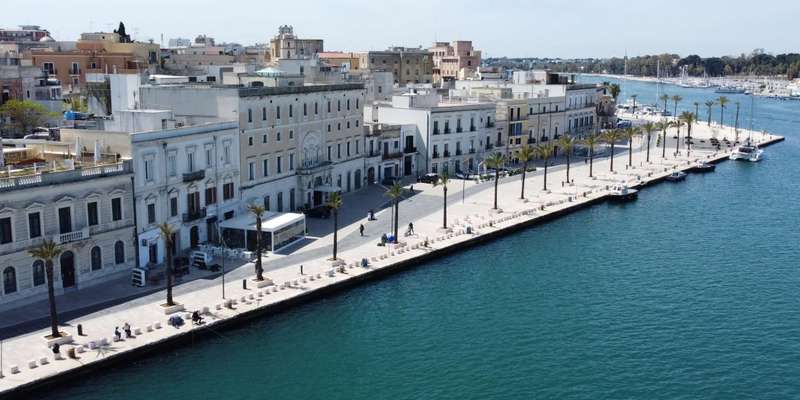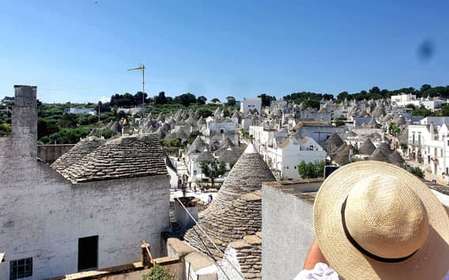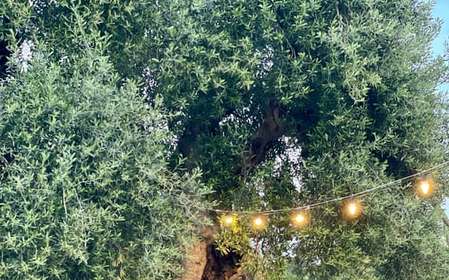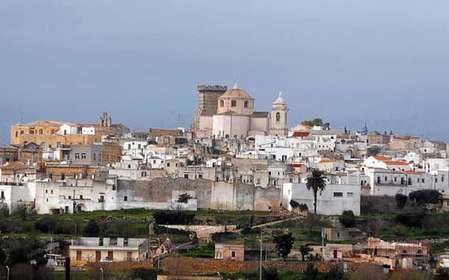- Home
- Useful Tips
- Top historical attractions in Brindisi
Brindisi’s layered history—from Roman traders to medieval pilgrims—often overwhelms visitors. With 78% of travelers reporting decision fatigue when choosing attractions (2023 Puglia Tourism Survey), many default to crowded sites while missing authentic experiences. The frustration compounds when limited vacation time evaporates in ticket queues or at underwhelming 'must-see' spots. Locals whisper about 10th-century chapels with better mosaics than the famous cathedrals, or Roman columns ignored by tour groups. This disconnect leaves travelers with generic photos instead of meaningful connections to Puglia’s crossroads of civilizations.


Avoiding the crowds at Brindisi’s Roman columns
The twin columns marking the end of the Appian Way draw coach tours daily, but few visitors realize one column toppled in 1528. Instead of jostling for photos at the standing column, walk 200 meters southeast to the Archaeological Museum. Its garden holds excavated Roman ships from 200 BCE—complete with ancient cargo seals—with fraction of the crowds. Arrive at opening (8:30 AM) to have the shipwrecks to yourself. For free alternative, the nearby Roman fountain on Via Carmine still functions as locals’ gathering spot after 2,000 years, with intricate dolphin carvings most guidebooks overlook.
Finding Brindisi’s secret medieval mosaics
While Cathedral of San Giovanni al Sepolcro gets the attention, the 11th-century Church of Santa Maria del Casale hides Puglia’s best-preserved medieval floor mosaics. Local historians note its geometric patterns—created by Crusade-era artisans—mimic Jerusalem’s holy sites. The trick? Visit during lunch hours (1-3 PM) when tour groups are dining. A small €3 donation illuminates the mosaics’ gold leaf details. For completely free option, the Benedictine Monastery’s cloister (open mornings) has fading but poignant 13th-century frescoes of Brindisi’s maritime history, beloved by resident scholars.
Where to stay for hidden history access
Most hotels cluster near the cruise port, but staying in the Liburia district puts you steps from untouristed Byzantine-era walls. Family-run guesthouses like Palazzo Virgilio offer rooms in 15th-century merchant homes, with original frescoed ceilings. Budget travelers can book the former 1600s convent (now a hostel) with a rooftop view of the ancient harbor layout. Pro tip: Properties on Via Colonne provide easy dawn access to the Roman columns before tours arrive—some even include private guided walks through Brindisi’s Jewish quarter ruins.
Local-guided walks vs DIY history trails
Brindisi’s maze of alleys hides Swabian-era arches and Norman stone markers easily missed without context. Specialty guides like ‘Brindisi Sotterranea’ reveal underground olive mills and Roman granaries (€25/person). For self-guided option, the tourist office’s ‘History in Shadows’ map pinpoints 20 lesser-known sites with QR code audio clips. Either way, prioritize the Aragonese Castle’s neglected northeast bastion—its carvings tell a darker Crusader story than the official exhibits. Evening passeggiata (7-9 PM) is prime time to spot illuminated Arabic inscriptions on palace walls.



